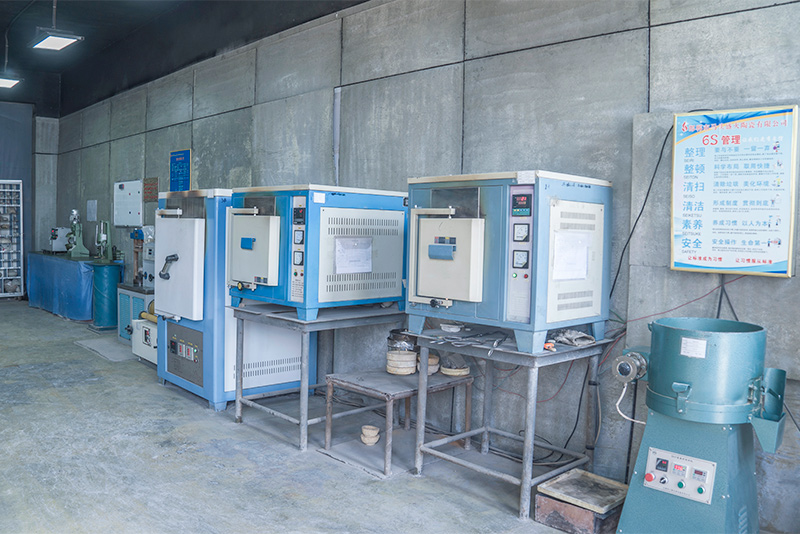Sand Casting Procedure A Comprehensive Overview
Sand casting is one of the oldest and most widely used metal casting processes, known for its simplicity and cost-effectiveness. The procedure involves several key steps that are essential for producing high-quality castings.
The first step in the sand casting process is pattern making. A pattern is a replica of the object to be cast and is usually made from materials such as wood, metal, or plastic. The pattern is designed to be slightly larger than the final product to account for the shrinkage of the metal as it cools. It also features a core to create internal cavities or features in the cast part.
Once the pattern is ready, the next step is preparing the mold. The mold is created by packing sand around the pattern. Sand used for casting is typically mixed with a binding agent, such as clay, to help maintain its shape. The pattern is placed in a flask, a framework that holds the sand, and then sand is packed tightly around it. After sufficient packing, the mold is carefully removed from the pattern, resulting in a cavity that mirrors the shape of the object to be cast.
sand casting procedure

The next crucial step is pouring. The molten metal, which is usually heated to a specific temperature, is poured into the cavity created by the mold. This metal is often sourced from a furnace where raw metal is melted, ensuring that it is free from impurities. Once the mold is filled, it must be allowed to cool and solidify. Cooling times can vary depending on the size and type of metal used, but it is crucial to ensure that the metal has fully set before moving on to the next stage.
After the metal has cooled, the casting is removed from the mold. This process requires careful handling to avoid damage. The sand mold is broken away, and the casting is cleaned of any residual sand. Any imperfections such as excess metal, known as flash, are trimmed away during this stage.
Finally, the cast part undergoes finishing processes such as grinding, sanding, or machining to achieve the desired surface finish and dimensional accuracy. After this, the casting can be inspected for quality assurance and then prepared for final use or assembly.
In conclusion, the sand casting procedure is a structured process that transforms molten metal into functional parts through a series of well-defined steps. Its versatility and efficiency make it a preferred choice in various industries, including automotive, aerospace, and manufacturing. Understanding each step can significantly enhance the quality of the final product.
Post time:9月 . 01, 2024 11:33
Next:Sand Casting Process
